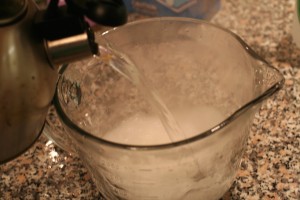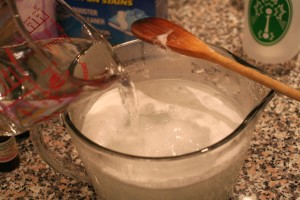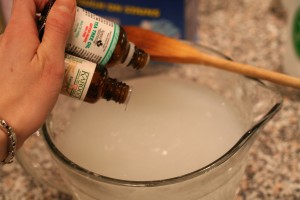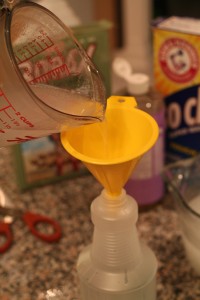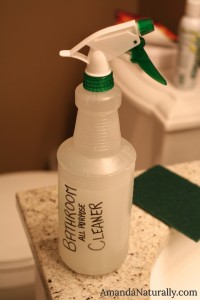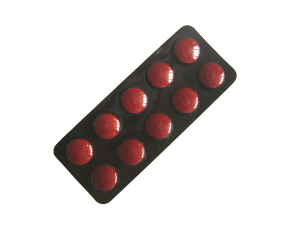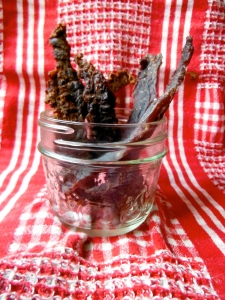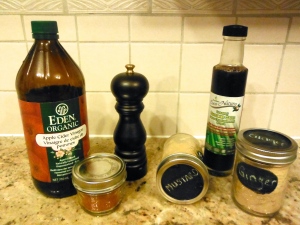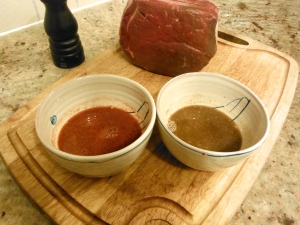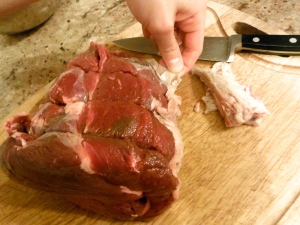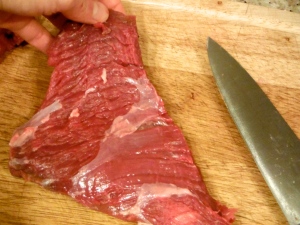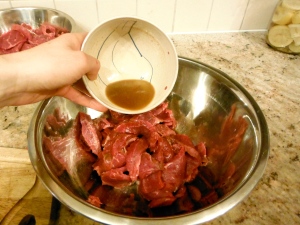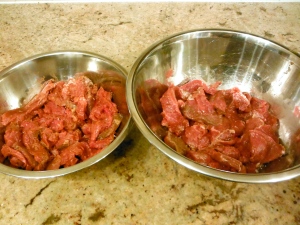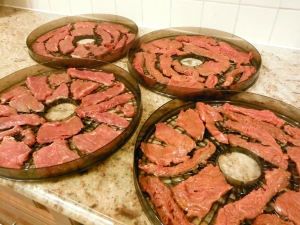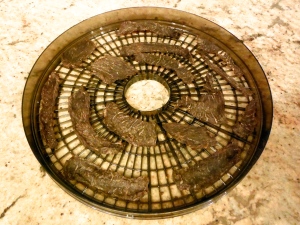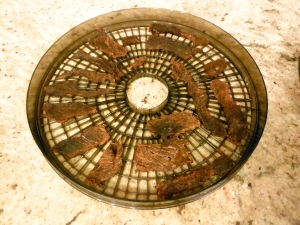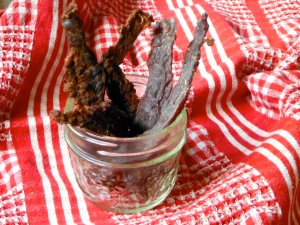 One of my overarching goals in life is to reduce my exposure to toxins as much as possible. I try not to be overly obsessive about it, because you can definitely drive yourself crazy if you let yourself! It’s easy to get into an “everything’s going to kill me, so I don’t care at all” mentality, but that’s certainly not doing you any good! I think one of the most important things I learned from the book Slow Death By Rubber Duck (read it, it’s awesome, and a little frightening) was that every little change you make, can have a huge impact on your health. With this in mind, here’s how I took baby steps to end up where I am today (or as my mom likes to say “off the deep end”!):
One of my overarching goals in life is to reduce my exposure to toxins as much as possible. I try not to be overly obsessive about it, because you can definitely drive yourself crazy if you let yourself! It’s easy to get into an “everything’s going to kill me, so I don’t care at all” mentality, but that’s certainly not doing you any good! I think one of the most important things I learned from the book Slow Death By Rubber Duck (read it, it’s awesome, and a little frightening) was that every little change you make, can have a huge impact on your health. With this in mind, here’s how I took baby steps to end up where I am today (or as my mom likes to say “off the deep end”!):
Every time you finish a product, whether cleaning, personal care or food, when you go to replace it, try and find a less toxic, healthier option.
It was simple. When I ran out of Clinique moisturizer, I hopped on over to the health food store and tried a more natural version (that was before oil cleansing, more on that another time). Done with hand soap? On to Dr. Bronner’s! Out of kitchen cleaner? Got a green version of that too…it was great! But I found I had all sorts of different cleaners in my arsenal, that were simply variations on a theme. I think the turning point for me was when I accidentally purchased carpet cleaner, instead of laundry detergent (same brand, almost identical labels), and USED IT (again, accidentally), and my clothes turned out beautifully! Ha! Not to mention cleaning products, both chemical based and less toxic versions, are expensive. So, I started making my own.
Honestly, cleaning products have gotten WAY out of control. There are so many out there, all claiming to kill more bacteria than the rest. Wanna know what else kills 99% of bacteria and germs? Vinegar! The most powerful cleaning product out there! You can pretty much clean anything if you have the following ingredients:
- White vinegar – $1.97 for 4L
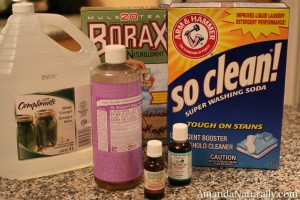
- Baking Soda – $1.99 for 1kg
- Washing Soda – $7.29 for 3kg at Home Hardware
- Borax – $4.99 for 2kg
- Castille Soap – $7-$10 depending on health food store
Other than the castille soap (which we use for our general soap dispensers too) I literally buy these products once every 2-3 years or so – that’s HUGE savings!
You can also make your products smell a little nicer (less vinegary) by adding an essential oil. My favourite is citrus or eucalyptus – they give the products a similar scent to what I have been programmed to think cleaning products should smell like. Worried that vinegar won’t cut it? Add tea tree oil, which is known for its antibacterial power.
I just ran out of my basic baking soda, vinegar and water bathroom cleaner a few days ago, so I decided to hit up an expert and take my cleaner to the next level. I followed these simple instructions from Amy Bayliss and am thrilled with how it turned out! It works incredibly well – which is good because with a home office, I have to clean the bathroom every single day!
Homemade Bathroom Cleaner
- ½ tsp Castille Soap
- 1 tsp washing soda
- 1 tsp borax
- 2 cups boiling water
- ½ cup vinegar
- essential oils (optional)
Combine castille soap, washing soda and borax with boiling water. Mix to combine. Slowly stir in vinegar.
Let cool. Add 30 drops of desired essential oil, if using. (I used eucalyptus and tea tree oil for extra fighting power)
Funnel into a spray bottle and store in bathroom.
There you have it! No more toxic fumes, no more worrying about kids and pets, and no more costly cleaning products!


